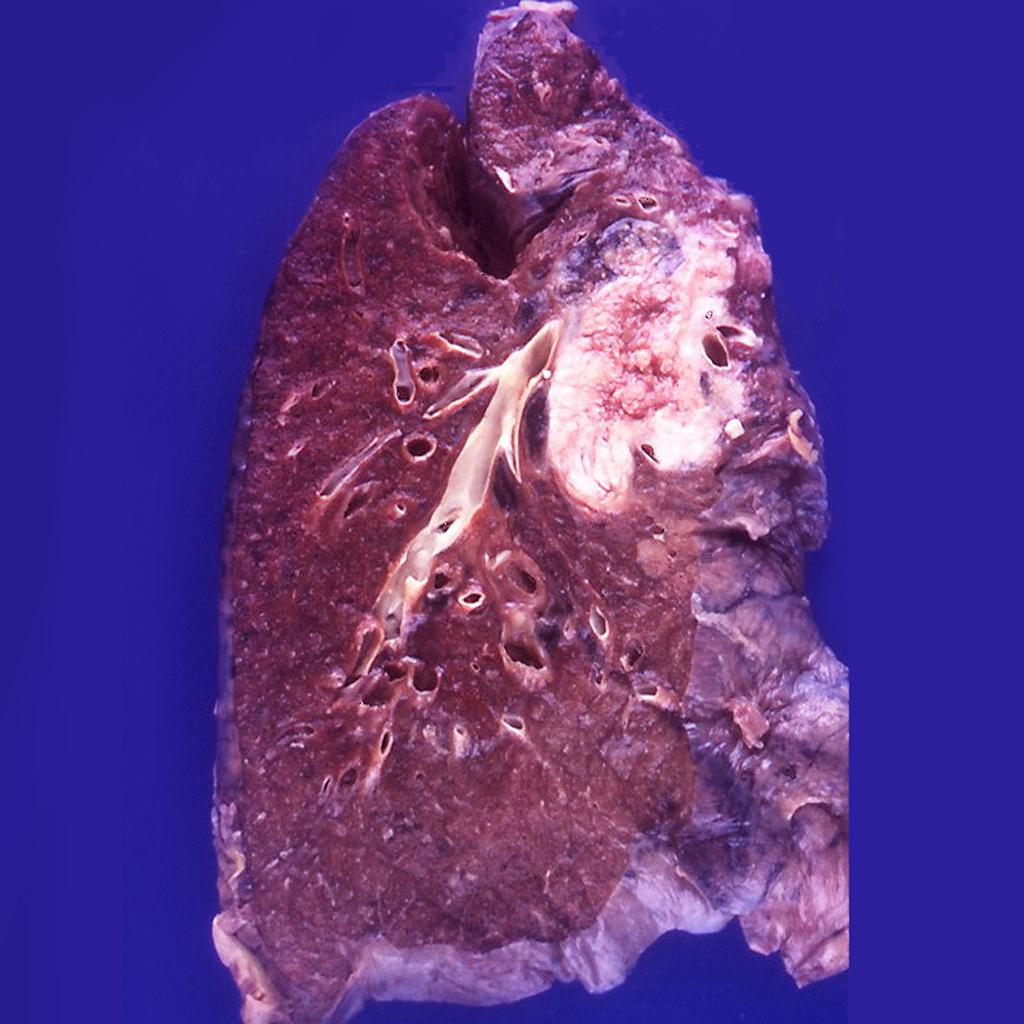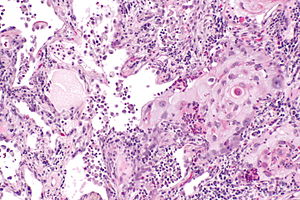Syndrome of inappropriate antidiuretic hormone pathophysiology
|
Syndrome of inappropriate antidiuretic hormone Microchapters |
|
Diagnosis |
|---|
|
Treatment |
|
Case Studies |
|
Syndrome of inappropriate antidiuretic hormone pathophysiology On the Web |
|
American Roentgen Ray Society Images of Syndrome of inappropriate antidiuretic hormone pathophysiology |
|
FDA on Syndrome of inappropriate antidiuretic hormone pathophysiology |
|
CDC on Syndrome of inappropriate antidiuretic hormone pathophysiology |
|
Syndrome of inappropriate antidiuretic hormone pathophysiology in the news |
|
Blogs on Syndrome of inappropriate antidiuretic hormone pathophysiology |
|
Directions to Hospitals Treating Syndrome of inappropriate antidiuretic hormone |
|
Risk calculators and risk factors for Syndrome of inappropriate antidiuretic hormone pathophysiology |
Editor-In-Chief: C. Michael Gibson, M.S., M.D. [1]; Associate Editor(s)-in-Chief: Vindhya BellamKonda, M.B.B.S [2]
Overview
Syndrome of inappropriate antidiuretic hormone production is a condition in which the body develops an excess of water and a decrease in the concentration of electrolytes. SIADH may be caused by a central nervous system diseases, cancers, pulmonary diseases, or some drugs. ADH is normally produced by the posterior pituitary gland to prevent water loss in the kidneys. In SIADH, ADH level rises above the normal level. Aquaporins are localized on storage vesicles in the cytoplasm of the epithelial cells which make up the collecting ducts of the kidneys. High ADH level stimulates mass fusion of aquaporin-carrying storage vesicles with the plasma membrane. High aquaporin density facilitates high diffusion of water across the plasma membrane. Excess water is reabsorbed from the nephrons and is returned to the blood. A mutation affecting the gene for the renal V2 receptor might cause SIADH.
Pathophysiology
The normal function of antidiuretic hormone (ADH) on the kidneys is to control the amount of water reabsorbed by kidney nephrons. ADH acts on the distal portion of the renal tubule (distal convoluted tubule) as well as the collecting duct and causes the retention of water. Owing to the water retention, dilution of the blood and hyponatremia occurs.
Pathogenesis
| https://youtu.be/MR8BABoFTP8}} |
- ADH is normally produced by the posterior pituitary gland.
- In SIADH, ADH level rises above the normal level.
- Aquaporins are localized on storage vesicles in the cytoplasm of the epithelial cells which make up the collecting ducts of the kidneys.
- High ADH level stimulates mass fusion of aquaporin-carrying storage vesicles with the plasma membrane.
- High aquaporin density facilitates high diffusion of water across the plasma membrane.
- Excess water is reabsorbed from the nephrons and is returned to the blood.
Feedback inhibition
- Developmentally, Mammalian brain have evolved in times of water scarcity.
- ADH is secreted to prevent water loss in the kidneys.
- When water is ingested, it is taken up into the circulation and results in a dilution of the plasma.
- This dilution, otherwise described as a reduction in plasma osmolality is detected by osmoreceptors in the hypothalamus of the brain. Then, these switch off the release of ADH.
- The decreasing concentration of ADH effectively inhibits the aquaporins in the collecting ducts and distal convoluted tubules in the nephrons of the kidney.
- This leads to less water reabsorption, thereby increasing urine output, decreasing urine osmolality, and increasing (normalization of) blood osmolality.
- In general, the plasma sodium concentration is the primary osmotic determinant of AVP release. In SIADH, there is non physiological secretion of AVP. There is enhanced water reabsorption, leading to dilutional hyponatremia.
Genetics
- A mutation affecting the gene for the renal V2 receptor might cause SIADH.
- Congenital nephrogenic diabetes insipidus is characterized by a resistance of the renal collecting duct to the action of the arginine vasopressin hormone responsible for the inability of the kidney to concentrate urine.
- Inactivating mutations of the V2 receptor gene leading to a loss of function of the mutated receptors are implicated in the X-linked form.[1]
- SIADH due to lesion in the hypothalamus is secondary to mutation in the transient receptor potential vanilloid type 4 (TRPV4) gene.[2]
Associated conditions
Gross pathology
There are no gross pathology findings associated with SIADH. However, SIADH may be associated with squamous cell carcinoma of the lung, which exhibits the following gross pathology findings:
- Cavitations
- Tissue necrosis
- Fibrosis
- Keratinization

Microscopic pathology
There are no microscopic findings associated with SIADH. However, SIADH may be associated with squamous cell carcinoma of the lung, which exhibits the following microscopic pathology findings:[6][7]
- Keratin pearls
- Intercellular bridges
- Prominent peripheral palisading of tumor cells with scanty cytoplasm
- Nuclear atypia

References
- ↑ Pillai BP, Unnikrishnan AG, Pavithran PV (2011). "Syndrome of inappropriate antidiuretic hormone secretion: Revisiting a classical endocrine disorder". Indian J Endocrinol Metab. 15 Suppl 3: S208–15. doi:10.4103/2230-8210.84870. PMC 3183532. PMID 22029026.
- ↑ Tian W, Fu Y, Garcia-Elias A, Fernández-Fernández JM, Vicente R, Kramer PL, Klein RF, Hitzemann R, Orwoll ES, Wilmot B, McWeeney S, Valverde MA, Cohen DM (2009). "A loss-of-function nonsynonymous polymorphism in the osmoregulatory TRPV4 gene is associated with human hyponatremia". Proc. Natl. Acad. Sci. U.S.A. 106 (33): 14034–9. doi:10.1073/pnas.0904084106. PMC 2729015. PMID 19666518.
- ↑ Onitilo AA, Kio E, Doi SA (2007). "Tumor-related hyponatremia". Clin Med Res. 5 (4): 228–37. doi:10.3121/cmr.2007.762. PMC 2275758. PMID 18086907.
- ↑ Castillo JJ, Vincent M, Justice E (2012). "Diagnosis and management of hyponatremia in cancer patients". Oncologist. 17 (6): 756–65. doi:10.1634/theoncologist.2011-0400. PMC 3380874. PMID 22618570.
- ↑ Dóczi T, Tarjányi J, Huszka E, Kiss J (1982). "Syndrome of inappropriate secretion of antidiuretic hormone (SIADH) after head injury". Neurosurgery. 10 (6 Pt 1): 685–8. PMID 7110540.
- ↑ "www.iarc.fr" (PDF).
- ↑ Kadota K, Nitadori J, Woo KM, Sima CS, Finley DJ, Rusch VW, Adusumilli PS, Travis WD (2014). "Comprehensive pathological analyses in lung squamous cell carcinoma: single cell invasion, nuclear diameter, and tumor budding are independent prognostic factors for worse outcomes". J Thorac Oncol. 9 (8): 1126–39. doi:10.1097/JTO.0000000000000253. PMC 4806792. PMID 24942260.